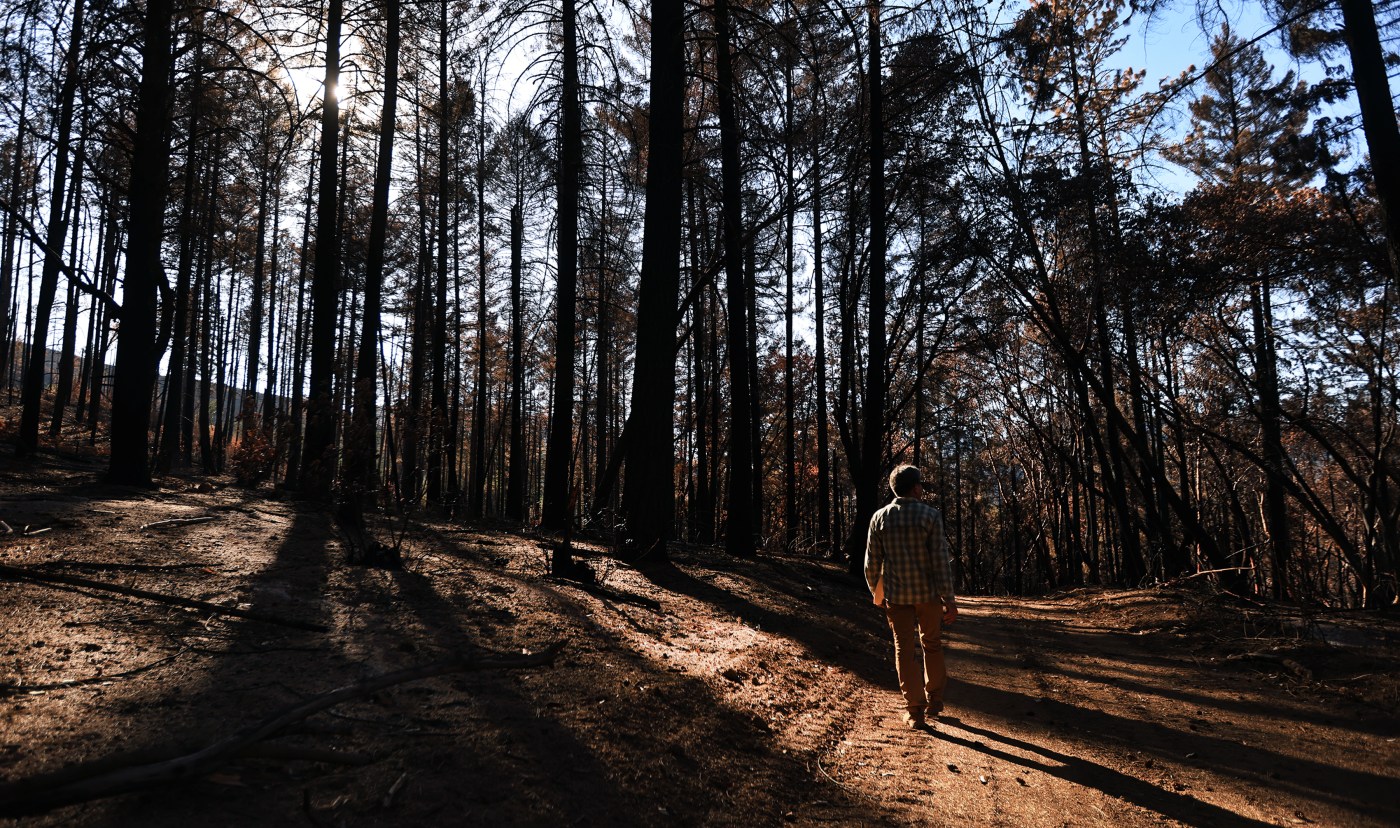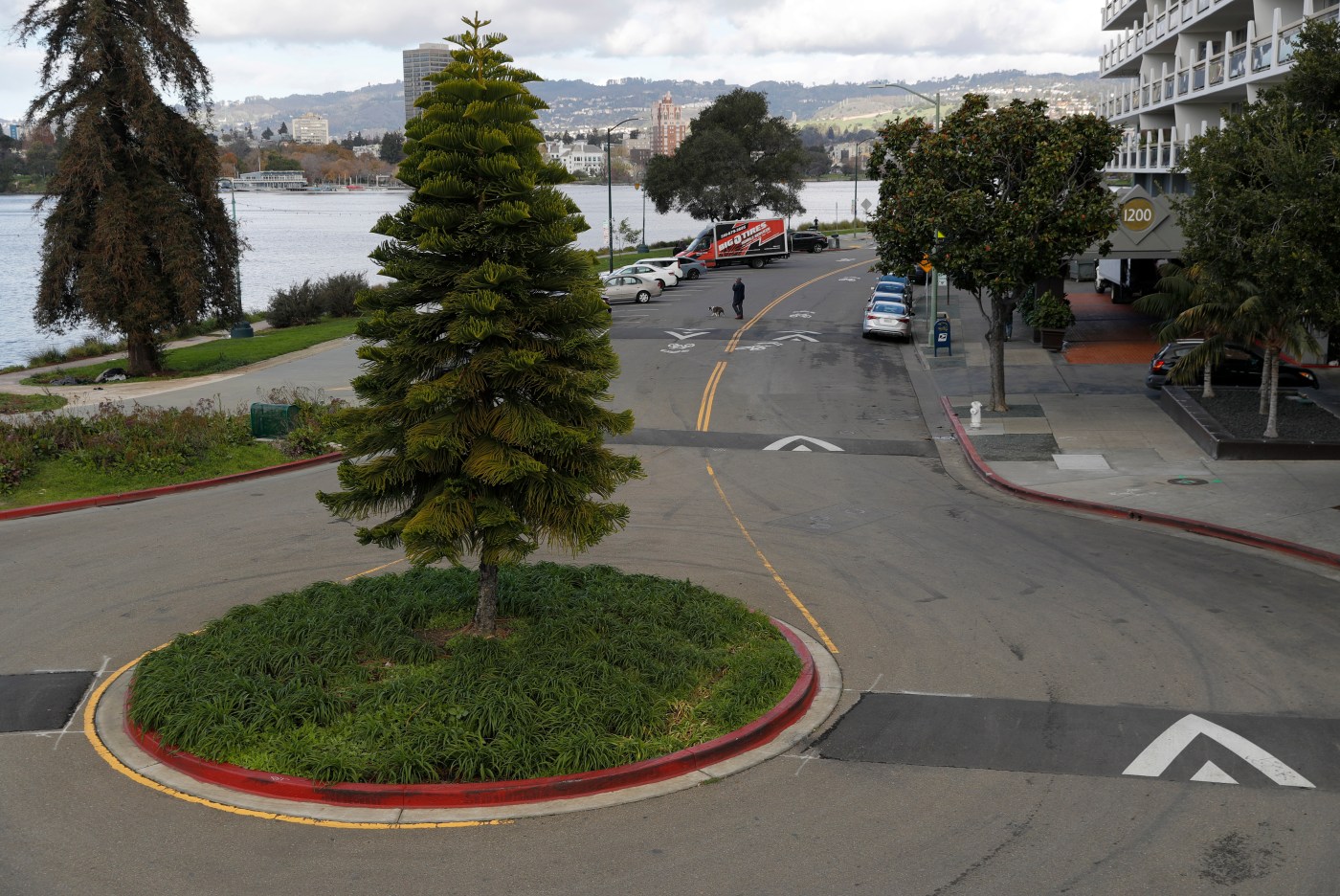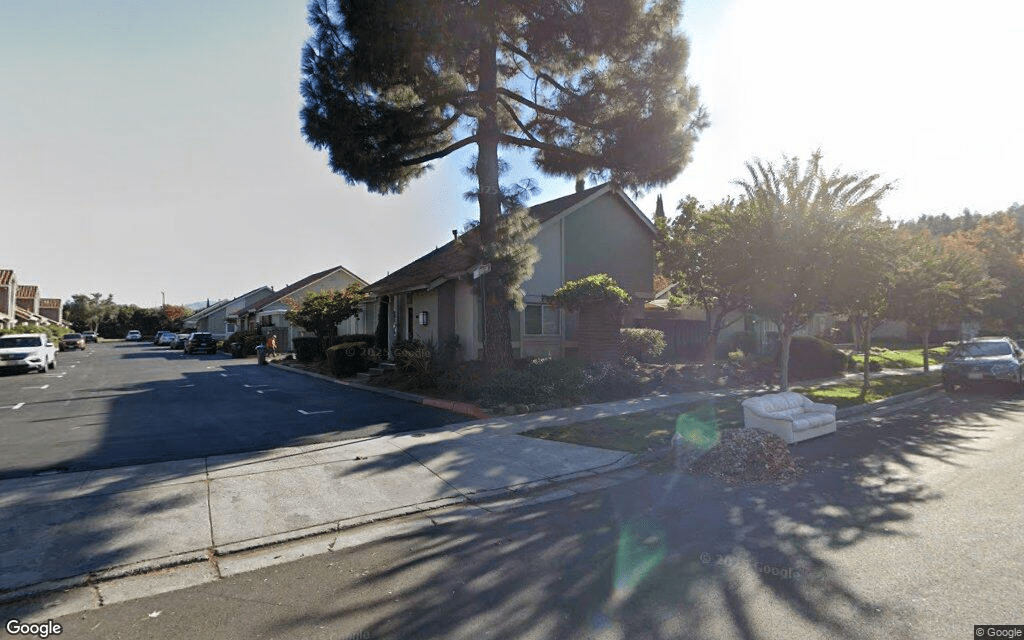Two months ago, Napa County’s Cleary Reserve was a cathedral of green. Oak branches arched over the entry road. Salamanders flickered in the brush, and a century-old lodge stood ready for students. At its heart lay a rare redwood grove — the most inland natural stand in California — where waterfalls spilled through its shaded canyon.
Now, it’s a graveyard.
Ninety percent of the nearly 500-acre nonprofit preserve in Aetna Springs has been reduced to ash by the Pickett Fire, leaving blackened tree skeletons and stone ruins where generations of students once learned.
For biologist Jeff Alvarez, who first came here as a college student in 1981, the loss is deeply personal. He said he fell in love with the landscape then — and has spent decades teaching generations of students, from college down to elementary school, how to study its frogs, snakes, lizards and even bears.
Related Articles
Map: See where California FAIR Plan seeks home insurance rate hikes
Large fire erupts at Chevron refinery in Southern California
Bay Area cities and counties sue Trump administration over emergency and disaster preparedness funds
Newsom calls on regulators for new solutions to California’s insurance crisis
Santa Clara County may form its first prescribed burn association pending state grant
“Some of the bigger oak trees, that one was probably 300 years old,” he said, pointing to a blackened trunk still standing near the lodge as he guided The Press Democrat through the charred footprint. “It is not going to survive. I will never see it grow again. It is sad but I have to get used to that idea.”
But the oak was just one marker of loss. The fire had spared Cleary at first — until a single night changed everything.
A night when the fire turned
In the first days of the Pickett Fire, which ignited Aug. 21, Cleary Reserve and nearby Aetna Springs were untouched. Alvarez kept watch from afar, refreshing Cal Fire’s live fire map, hoping the flames would pass the land he had stewarded for nearly 45 years.
Then came Aug. 23. As darkness fell, the blaze exploded in intensity, swelling to more than 6,000 acres — the largest fire in Napa and Sonoma counties this year. When the map updated, Alvarez saw the fire had burned straight through the reserve.
His worst fears were confirmed when he returned days later: buildings and hundreds of trees reduced to ash, the landscape unrecognizable.
“(It’s) hard to look at,” he said.
The 1920s stone lodge, once filled with bunk rooms, a library and rows of pinned insect specimens, collapsed into rubble. All that remains are stone walls and a chimney. A smaller house, recently restored by volunteers, was also destroyed.
“The Pickett Fire burned almost everything the Glass Fire didn’t,” Alvarez said, recalling how the 2020 blaze — which burned 67,000 acres and destroyed more than 1,500 structures in Napa and Sonoma counties — had spared the lodge.
‘Nature has a different lifetime’
Amid the devastation, signs of resilience appeared quickly.
Mountain lion and bear tracks traced the ash. A rattlesnake basked on a dirt road. Salamanders and lizards, tucked underground during the fire, began to reemerge. Wildlife is “resilient,” Alvarez said.
Plants, too, will return — though perhaps not the same ones. New species will replace some of the oaks and olives that perished.
“It is hard because we see everything through our own lifetime,” Alvarez said. “Nature has a different lifetime. It just takes longer. Time will fix it all.”
One source of hope stands untouched: the redwood grove and waterfalls, spared even as the fire devoured almost everything else. Scientists consider it the most inland natural redwood grove in California, a distinction that makes its survival even more remarkable.
The cost of starting over
Nature may heal on its own. The reserve’s infrastructure will not.
As a small nonprofit largely run by Alvarez, Cleary faces an uphill climb. County law requires property owners to remove hazardous debris. For Cleary, that means a costly cleanup before rebuilding can even be considered.
Linda Weinreich, a spokesperson for Napa County, said the county’s Recovery Operation Damage Assessment Branch will soon evaluate the reserve for asbestos, unstable structures and other hazards. Once assessed, a cleanup deadline will follow. Failure to comply could lead to violations or even land seizure.
Alvarez estimates the price tag at $30,000 just to remove the debris. With Federal Emergency Management Agency funding limited and federal disaster programs shrinking, he said he’s not sure where that money will come from. State support is uncertain. Donations, he said, may be Cleary’s only lifeline.
Rebuilding is not on the horizon for a long time, he said.
Teaching through the ashes
Even with its lodge gone, Cleary Reserve remains a living classroom.
Alvarez worries the destruction might deter professors from bringing students back. But at least one educator sees the fire itself as part of the lesson.
Floyd Hayes, a biology professor at nearby Pacific Union College, said he still plans to bring his vertebrate biology classes to Cleary.
“It’s really a beautiful reserve,” Hayes said. “I would love to take students there every year.”
The fire, he added, offers a unique opportunity to study ecology in real time — how species adapt, how landscapes recover and how human decisions shape those outcomes.
Whether the lodge ever rises again is unclear. But Alvarez said the mission of Cleary Reserve endures.
“There is a new lesson here,” he said, “about fire ecology and safety and human impacts that we will try to teach when we get everything cleaned up.”





